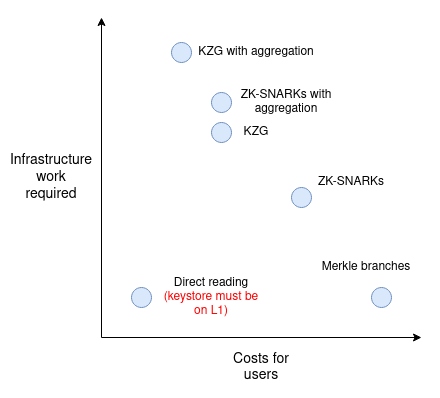
Disclaimer: The opinions expressed by our writers are their own and do not represent the views of U.Today. The financial and market information provided on U.Today is intended for informational purposes only. U.Today is not liable for any financial losses incurred while trading cryptocurrencies. Conduct your own research by contacting financial experts before making any investment decisions. We believe that all content is accurate as of the date of publication, but certain offers mentioned may no longer be available.
Ethereum co-founder Vitalik Buterin recently penned an insightful article that delves into the technical challenges associated with enhancing the interoperability between Ethereum Layer 1 (L1) and Layer 2 (L2) solutions. As the adoption of Ethereum's L2s increases, the need for easier cross-layer interactions is becoming more pressing.
Buterin's writings outline two major issues. First, as users begin to hold assets across various L2s and L1s, a method is needed for users to change their access keys across multiple accounts without the need for a high number of transactions. Secondly, Buterin notes the need to handle counterfactual addresses; these are addresses not yet registered on-chain, but they need to securely hold funds.

To address these issues, Buterin proposes a unique architecture known as asset/keystore separation. Under this model, users would maintain a keystore contract that houses their verification key and the rules for its modification. In addition, wallet contracts on L1 and several L2s would read cross-chain to fetch the verification key.
Two implementations of this system are proposed. The "light version" would necessitate each wallet storing the verification key locally and updating it with a cross-chain proof of the keystore's current state. The "heavy version" would require cross-chain proof for each transaction, making keystore updates cheaper but raising per-transaction costs.
Buterin identifies five types of proof schemes that could be used, ranging from Merkle proofs to Verkle proofs, each with its own strengths and weaknesses. Importantly, he emphasizes the need for cross-chain proofs, which should be highly optimized.
In the long term, the aggregation of proofs through bundling operations submitted by users can help reduce costs. Additionally, Layer 2 solutions should minimize the latency of reading the Layer 1 state. Wallets can also be placed on systems with lower Ethereum connections, such as Layer 3s or separate chains. However, the keystore should be kept either on Layer 1 or on high-security zero-knowledge rollup Layer 2s.
According to Buterin, right now, Ethereum is actively moving toward better cross-chain interactions, asset/keystore separation and a stronger focus on privacy.









